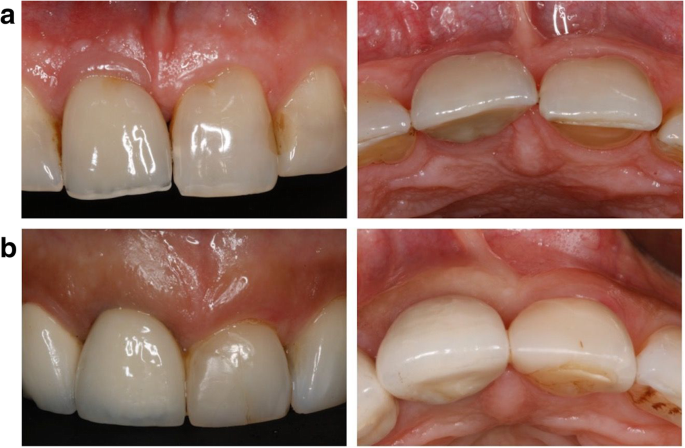Since the American Dental Association began tracking the impact of COVID-19 on dental practices in March 2020, there has been a slow and steady climb towards normalcy.
But we’re not there yet, based on research from January 2021. According to the survey, 32.3% of practices were open and back to business as usual. 66.7% were open but experiencing lower patient volume than usual. Clearly, the road ahead could be long for many practices.
During the early days of the pandemic, many dentists felt overwhelmed as they weighed their options, seeking information on the new regulations for PPE, FFCRA, FMLA, and more. When they received approval to re-open, they had to determine how best to keep their patients, staff, and themselves safe while running a profitable business. This entailed reevaluating their entire workflow, including the practice management software.

Cloud-Based Dental Practice Management Software Front and Center
Unlike other medical segments, dentistry has been slower to adopt cloud-based software. While it is fair to say that the majority of dentists believe that the cloud is the future, approximately 85% were still hanging on to their server-based software as COVID-19 hit in Spring 2020. With limited access to their system and patient data during the shutdown, more practices than ever considered the benefits of the cloud, and many made the move.
Curve Hero™, Curve Dental’s cloud-based dental practice management software, experienced a significant spike in product demos during COVID-19. During the first few months of the pandemic, nearly three times as many practices moved to Curve’s cloud-based platform than normal. In February 2021, Curve announced that over 33,000 dental professionals used Curve Hero, far more than any other cloud-based provider.
Remote Access to Data Helped Curve Hero Customers Get a Jump Start on Recovery
Early on, Curve customers found how much easier it was to open their practice’s doors to their patients while using the Curve Hero platform. Practices made digital forms available to patients whose information automatically went directly into their Curve Hero database. Office staff informed patients of the practice’s COVID-19 protocols in advance of appointments which increased confidence in their commitment to keeping everyone safe. Billing went through the Patient Portal, eliminating the need to handle and return credit cards at the front desk. This “low-touch/no-touch” experience made a very challenging process far more manageable and safe than practices using traditional server-based systems.
What New Customers Said After Switching to Curve Hero
Going into the demo, dental professionals knew that cloud-based software allowed them much easier access to patient data than their server-based system. But they discovered many more benefits available with Curve Hero. Typically, dentists and office managers are reluctant to change software because of the anticipated disruption to their practice due to the data conversion process, a potential lengthy learning curve, and time-consuming training.
During product evaluations, they learned that Curve makes it significantly easier to switch software by having proven processes in place to make the transition as smooth as possible. Curve collaborates with the dental office from start to finish — during the initial setup through data review and final assembly. Curve has successfully completed more than 4,000 data, file, and image conversions from well over 90 practice management software products, both server-based and cloud-based. Watch Dr. Jesse Ritter explain his Curve Hero conversion experience in this video.
Web-based training means your team doesn’t have to travel. Staff adopts the software quickly because Curve separates each training session into small digestible bites. Plus, your staff has access to Curve Community, a rich library of information to remind them of what they learned or act as a quick training refresher.
Curve’s New Patient Engagement Feature Makes Practices Even More Productive
Recently, Curve added Curve GRO™, a patient engagement feature that simplifies and streamlines communications by having everything in a single system. Powered by a robust campaign engine, Curve GRO automatically manages patient reminder campaigns and updates the schedule when the patient confirms. For patients who may need to change their appointment or ask questions, GRO delivers 2-way conversational texting. For patients who do not respond to the reminder campaigns, GRO can automatically create tasks in the Smart Action List, allowing the staff to collaborate in real-time to triage patient outreach. A rules-based campaign engine combined with the Smart Action List is significant for dentistry because it creates automation, enforces best practices as determined by the practice administrator, and delivers an auditable trail of all activity that occurs.

Disasters Aren’t Planned. They Just Happen.
Well before COVID-19, dental practices have had to deal with unexpected events like fires, floods, data breaches, and more. If your data is contained on a server in your office and disaster strikes, you could be out of luck. There are so many good reasons to move your practice to the cloud starting with protecting your data. In addition, as we learned during the early stages of COVID-19 with the mandatory office shutdown, the ability to access data remotely to triage dental emergencies and manage rescheduling, billing, and payments were extremely beneficial to Curve customers and their patients. The cloud is by far your best option to protect your business from the unexpected.
About Curve:
Founded in 2004, Curve Dental provides web-based dental software and related services to dental practices within the United States and Canada. The company strives to make dental software less about computers and more about user experience. Curve’s creative thinking can be seen in the design of software that is easy to use and built only for the cloud. Visit www.curvedental.com for more information.
Zircon Lab is America’s leading dental lab. We are partnered with dental offices nationwide and are consistently growing. As America’s highest quality dental lab with the most competitive pricing, the highest caliber of product, expert craftsmanship, and fastest delivery, we set the dental industry standard. After choosing Zircon Lab to be your dental lab of choice, you can trust our dental product will be unmatched by any competitors.





Recent Comments